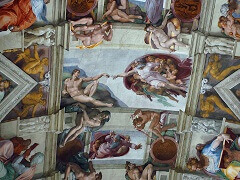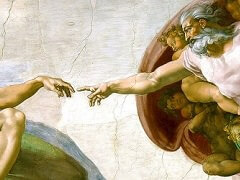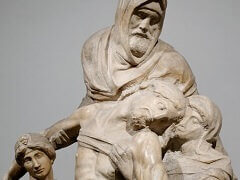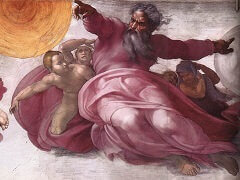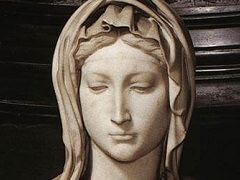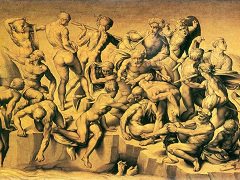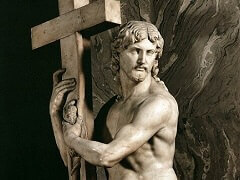Zacharias, by Michelangelo
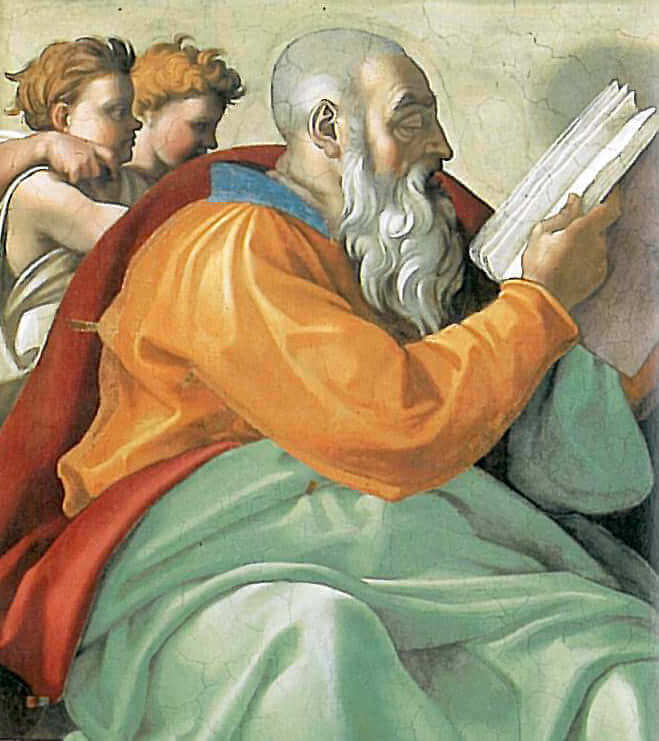
On Sistine Chapel Ceiling, Zacharias is the first of Michelangelo's prophets, who is scarcely the best known to modern readers of the Scriptures; in both Catholic and Protestant Bibles he is placed next to the last. Yet to the Middle Ages and the Renaissance, Zechariah was a prophet of vast importance: this is reflected in the little book by Filippo Barbieri dedicated to Sixtus IV who built the Sistine Chapel, and in the Christian Decachord by Cardinal Vigerio, Michelangelo's probable theological adviser. Zechariah foretold the Entry into Jerusalem:
Rejoice greatly, O daughter of Zion; shout, O daughter of Jerusalem: behold, thy King cometh unto thee: . . . lowly, and riding upon an ass. . .
Doubtless for this reason he presides over the entrance into the Chapel. In the lunette below him the King Himself can be dimly seen - the little Christ Child, the last in the generations of the ancestry of Christ.
Zechariah is the prophet of the mighty "BRANCH ... he shall sit and rule upon his throne," traditionally interpreted as Christ, and, in the Sistine Ceiling, Zechariah is enthroned above the tree of the Rovere arms, whose poetic and prophetic amplification as the Tree of Life and the Tree of Jesse runs throughout the symbolism of the Sistine Chapel, both walls and ceiling. As its branches move from side to side across the Chapel, the genealogical tree of the ancestry of Christ in the vault compartments and the lunettes culminates below Zechariah. The Hebrew word for "branch" is "tsemach" translated as "Oriens" in the Vulgate and as "Orient" in the Douay Bible, since Christ is the sun which rises in the east. Again, it can scarcely be by accident that Zechariah appears at the east end of the Chapel.


